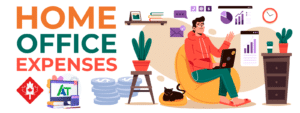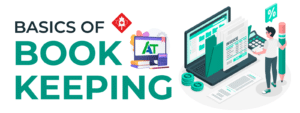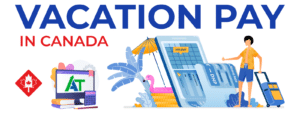Author Archives: Advanced Tax
Home Office Expenses in Canadian Tax
Home Office Expenses for Employees & Self-Employed Individuals When an individual uses a space in[Read More]
27
Apr
Apr
Canadian Federal Budget 2023 Highlights
Highlights from the Canada Federal Budget 2023 On March 28, 2023, the Deputy Prime Minsiter[Read More]
23
Apr
Apr
Virtual Bookkeeping and How it Works
What is Virtual Bookkeeping? Cloud, remote, or virtual bookkeeping is when an accountant or bookkeeper[Read More]
13
Apr
Apr
Basic Bookkeeping Tips for a Small Business
Bookkeeping Tips for a Small Business in 2023 Bookkeeping refers to recording financial transactions and[Read More]
06
Apr
Apr
Vacation Pay & Entitlement in Canada
Vacation Pay and Entitlement Per the Canada Labour Code Federally regulated employees in Canada have[Read More]
23
Mar
Mar





